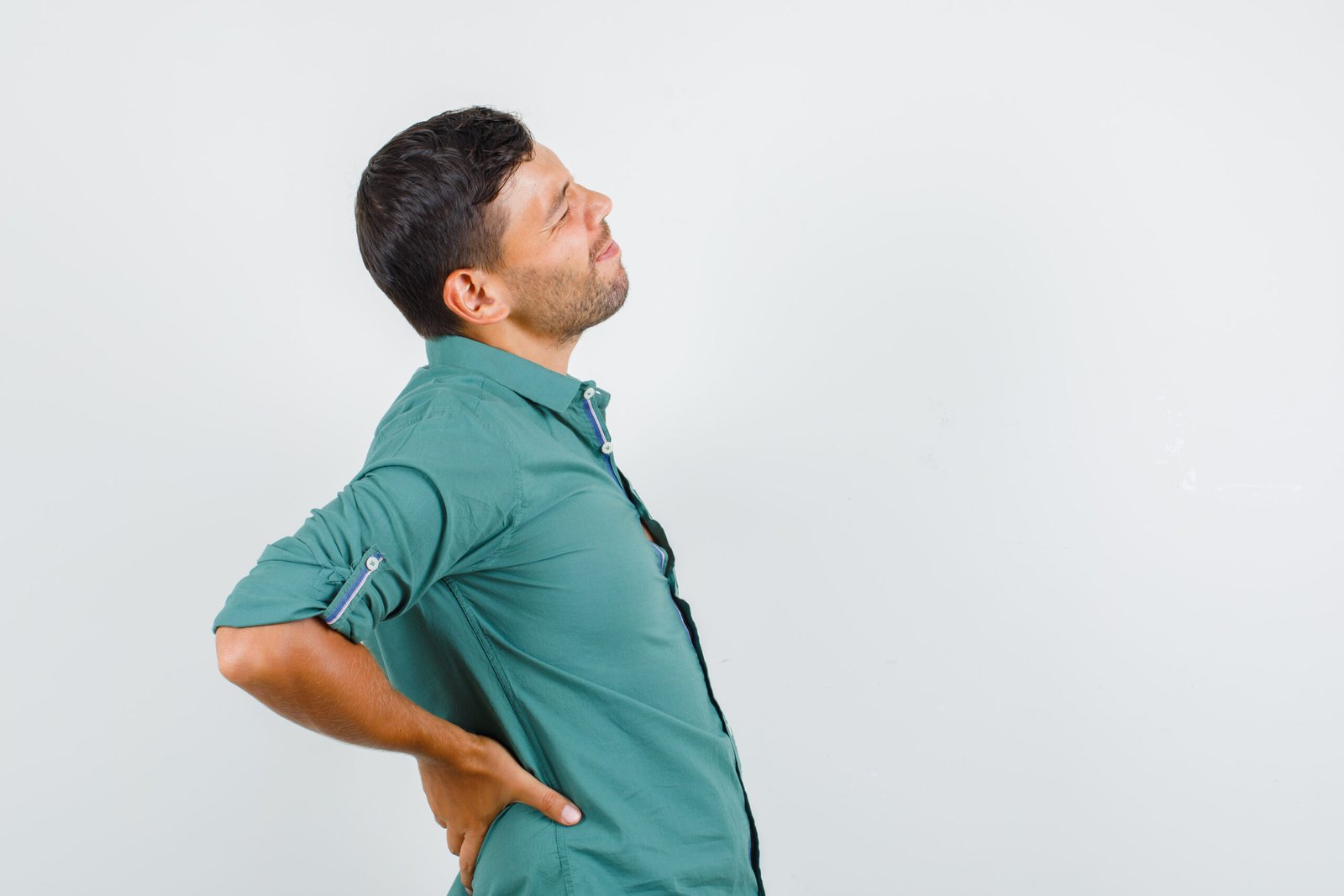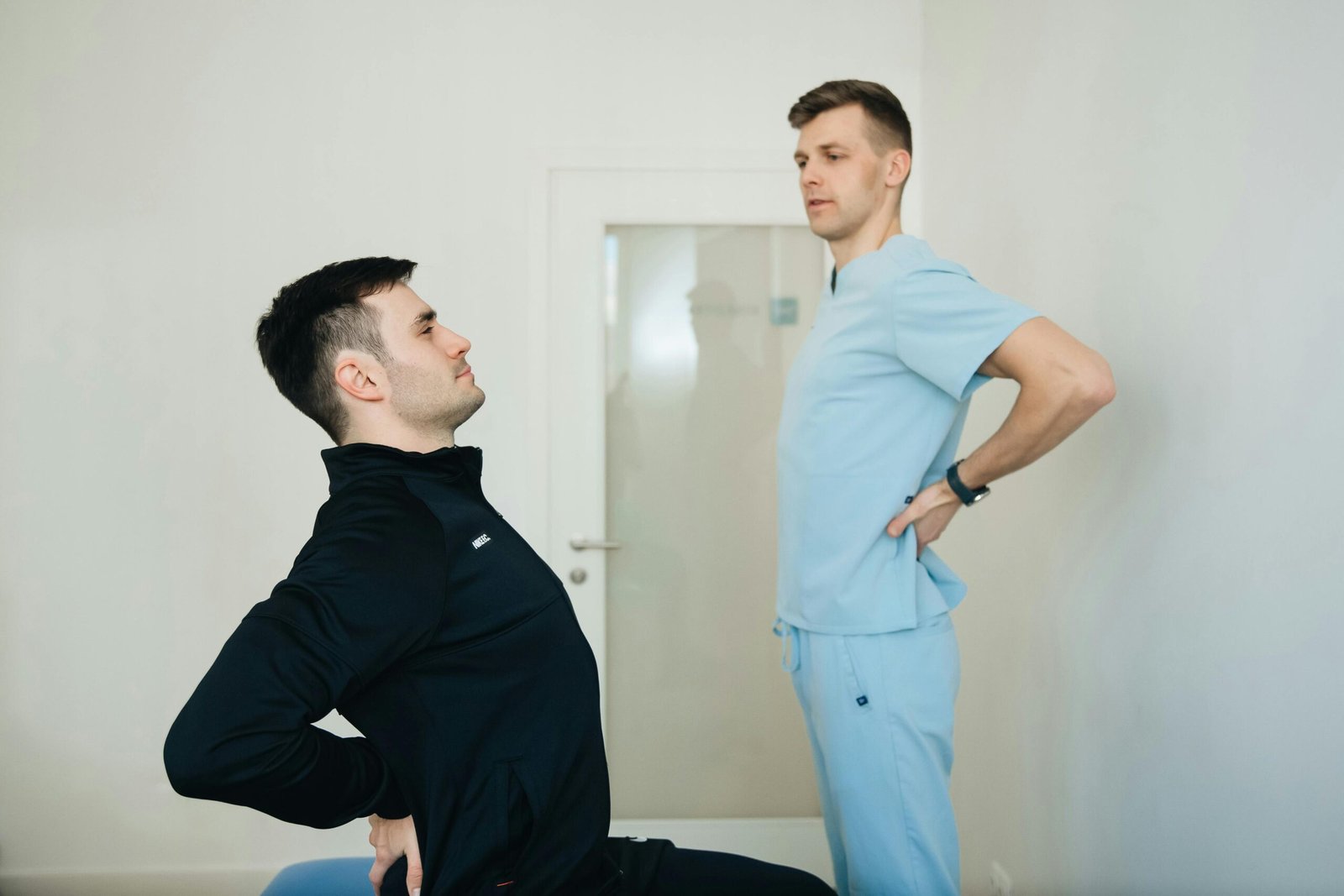
World Spine Day Special - Spine 101

Hey there! Ever heard of World Spine Day? It’s like a global party for your back, happening every October 16th. But instead of cake, we’re dishing out spine-tastic knowledge! It’s a day when folks worldwide come together to spread the word about keeping our backs happy and healthy. Think of it as a friendly reminder to give your spine some love!
Why Your Spine Deserves Some TLC ( Tender Loving Care) ?
Now, let’s talk spine health. Imagine your spine as the superhero of your body – it’s always on duty! From morning stretches to late-night Netflix binges, your spine’s got your back (pun intended). Good spine health means you can move, work, and play without wincing in pain. It’s not just about avoiding backaches; it’s about living your best life. When your spine’s happy, you’re more likely to crush that workout, nail that presentation, or simply enjoy a pain-free day of fun. So, let’s show our spines some appreciation – they totally deserve it!
Understanding Anatomy of Spine in our Body
The spine, or vertebral column, is a complex structure that serves as the central support for the human body, providing both stability and flexibility. It consists of 33 vertebrae, stacked and interlocking to form a protective column around the spinal cord. These vertebrae are divided into five regions: cervical, thoracic, lumbar, sacral, and coccygeal, each playing a specific role in the spine’s overall function.

Spinal Discs are soft, gel-like structures located between each vertebra, acting as cushions or “shock absorbers.” Each disc has a tough outer layer, known as the annulus fibrosus, and a soft, gelatinous center called the nucleus pulposus. These discs allow the spine to be flexible, enabling movements like flexion, extension, rotation, and lateral bending. Over time, the discs can deteriorate, protrude, or herniate, particularly as they lose water content with age.
Muscles and Tendons attach to the vertebrae, providing the strength needed for movement and maintaining posture. Ligaments connect bone to bone, stabilizing the spine and limiting excessive movement.
The Spinal Cord runs through the vertebral canal, transmitting signals between the brain and the rest of the body. Nerve Roots extend from the spinal cord through openings between the vertebrae, connecting to various parts of the body and controlling sensation and movement.
The spine not only supports the body’s weight and helps maintain balance but also protects the spinal cord. The center of gravity, located in front of the sacrum, plays a crucial role in the body’s ability to stand upright and move efficiently. The intricate design of the spine allows it to be both strong and flexible, adapting to various physical demands while safeguarding vital neural structures.
Back Ache - A Major Health Issue Faced by Everyone
- The leading cause of disability for people over 45 is Lower Back Pain ( LBP )
- Back pain is the second cause for physician visits after cold or flu.
- 3rd most common cause for surgical procedures
- 5th most common reason for hospitalizations
- Lifetime prevalence of 49%–80% people around the world experience it.
RISK FACTORS
- Incorrect Posture
- Unnecessary Force on your back
- Repetition
- Stress
- Physical Fitness, Ageing, Diet, Smoking.
Myths About Back Pain Treatments
- Prolonged bed rest
- Prolonged cervical/lumbar supports
- Electrical treatments (Laser therapy, interferential, therapeutic ultrasound)
- Traction
- TENS machines (limited use in low back pain)
Top 3 Bad Postures That Can Cause Neck Pain & Back Pain

- Bad Posture #1 – Hunchback
- Bad Posture #2 – Rounded Shoulders
- Bad Posture #3 – Forward Head
Posture 1 - Hunchback
Cause: Sitting for long hours with bad posture. For instance, sitting hunched over a computer screen.
Pain: Neck, shoulder, and back.
Problem: The bad sitting posture causes the chest muscles to tighten leading to an excessively curved back in the upper back or thoracic region. The muscles of the upper back loosen and eventually weaken.
Recommendation: The following exercises are very effective:

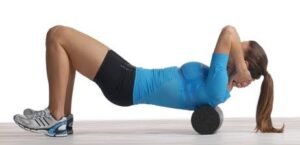
Posture 2 - Rounded Shoulders
Cause: Sitting with a bad posture while typing, or imbalanced exercise regime involving excessive chest pressing.
Pain: Neck, shoulder, back
Problem: Sitting in that position results in the chest muscles tightening, causing the shoulders to rotate forward internally. The muscles of the upper back weaken and loosen.
Recommendation: Stretching to relax the tight chest muscles
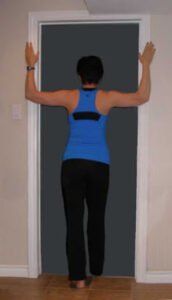
Posture 3 - Forward Head
Cause: Sitting hunched over in an office chair for long hours, staring at a computer.
Pain: Neck
Problem: Tightness of the muscles of the back of the neck, along with the muscles of the upper back (levator and upper trapezius).
Recommendation: Stretches to loosen tight muscles in the back of the neck:

Learn about Postures to maintain a Healthy Spine!
Tips for Maintaining a Healthy Spine
Posture Tips – Keep things “neutral” (good posture while standing, sitting, sleeping).
Correct Lifting Techniques:
- Keep a neutral spine.
- Engage your abdominal muscles.
- Safe lifting zone (between hips and shoulders).
Bending Tips:
Bend at your hips/knees, use your legs.
Give Your Back a Break
Take frequent breaks, vary movements.
Poor Postures to Avoid While Work!



Risky Moves: Actions That Increase Your Risk of Back Injuries

- Heavy Lifting
- Repetitive Lifting
- Twisting at the Waist
- Reaching and Lifting Overhead
- Lifting Objects with Unusual or Awkward Shapes
- Working in Awkward or Uncomfortable Positions
- Standing or Sitting for Long Periods
Tips for Posture and Sitting
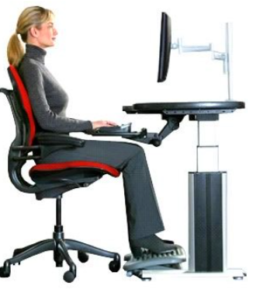
Do:
- Sit close to your work.
- Place your feet flat on the floor.
- Support your back in an arched position.
Don’t:
- Avoid slumping in your seat.
- Don’t lean forward to reach your work.
- Avoid sitting for long periods—stand and stretch regularly.
What posture are you exhibiting?
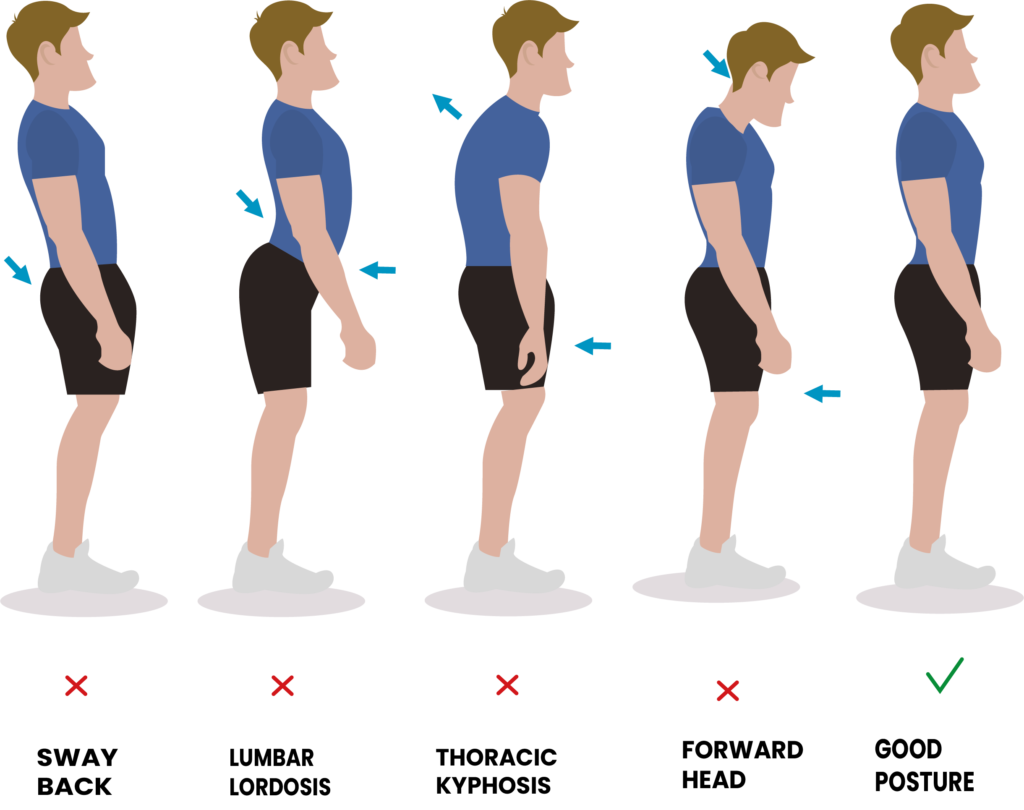
Warm Up Before Activity
Warming up is crucial before physical activities. It helps:
- Reduce the risk of injury.
- Increase strength and flexibility.
- Relieve muscle tension and stress.
Backpacks and Carrying Loads
Carrying heavy loads improperly can strain your back. Be mindful of how you carry:
- Backpacks
- Briefcases
- Purses
For young children, ensure they pack their backpacks correctly to avoid future strain.
How are back problems diagnosed?
- A thorough assessment can usually lead to a clear diagnosis.
- Do you need an X-ray? Most cases of back pain don’t require extensive investigations.
- Only a small number of people may need additional tests, such as:
Magnetic Resonance Imaging (MRI)
Computerized Tomography (CT) scan
Blood tests.
Why do back problems become chronic?
- It’s not always clear why back pain persists.
- People often begin to avoid normal movements and activities.
- Lack of exercise weakens the muscles, leading to further issues.
- Confidence in physical abilities decreases over time.
- It can negatively impact work, social life, and personal relationships.
- Anxiety and depression may develop as a result.
How can I help myself?
- Painkillers can help you stay active.
- Engage in regular exercise like swimming, walking, or yoga.
- Frequently check and correct your posture.
- Lift objects properly to avoid strain.
- Maintain a healthy weight.
- Stay at work if possible to keep moving.
- Keep a positive mindset!
Exercises for Spine Health
- Stretching – Keep your muscles flexible.
- Strengthening – Build strength in your core to support your back.
- Gradual Progression – Slowly increase intensity to avoid injury.
Prevention Strategies for a Healthy Spine
To prevent back issues:
Always use proper body mechanics.
Avoid stooping, repetitive bending, and prolonged standing or sitting.
Take breaks to prevent fatigue.
Use tools to lift heavy objects.
Should I see my doctor about my back / neck pain?
Seek immediate medical attention if:
- You have difficulty passing or controlling urine.
- You lose control of your bowels.
- You experience numbness around your genitals or back passage.
- You feel weakness or numbness in your hands or legs, or become unsteady on your feet.
Consult your doctor if:
- The pain is extremely severe or persists for a long period.
- It starts to interfere with your daily activities.
Conclusion: Love Your Spine for a Pain-Free Future
By maintaining good posture, practicing safe lifting techniques, and staying active, you can give your spine the care it deserves. A healthy spine helps you live life to the fullest, pain-free!
Recent Posts


The Importance of Early Stroke Detection in World Stroke Day 2024

Pediatric Brain Injury: Prevention and Care During the ABC Years

Love Your Spine,Live Your Life: A World Spine Day Detailed Guide to Painless Future!
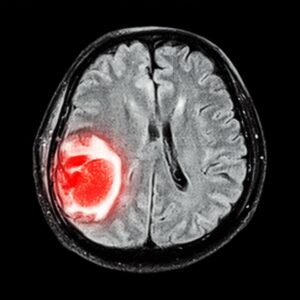
Brain Tumor Awareness: What People Must Know for Early Detection
Have Any Questions?
Please contact clinic number to know about doctor’s availability & Appointments
- +91-6369870503
- 0427-4517636
